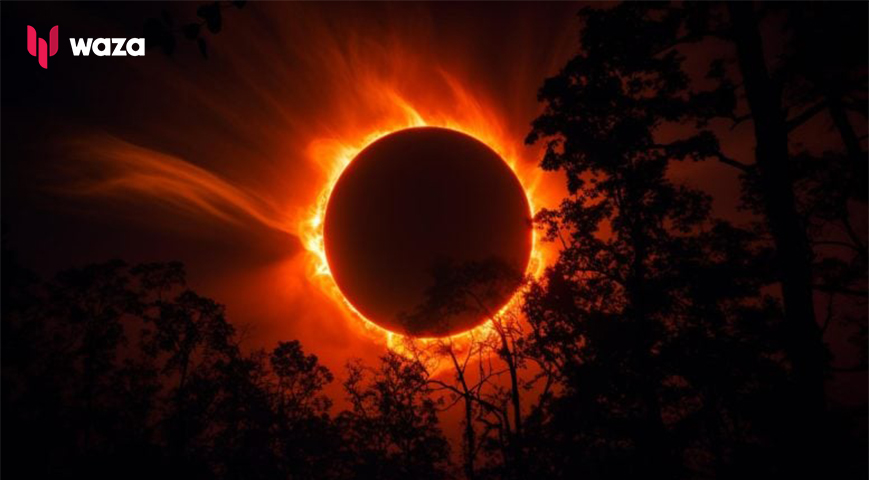On Wednesday, parts of South America will witness a rare "ring of fire" solar eclipse, where the Moon aligns between the Sun and Earth but doesn’t fully block the Sun’s light, creating a glowing ring effect. Diego Hernandez from the Buenos Aires Planetarium explained that this occurs because the Moon will be slightly farther from Earth than usual, making it unable to completely cover the Sun.

As the Moon passes in front of the Sun, a "crescent sun" will also be visible before and after the ring. The eclipse will start in the North Pacific, travel over the Andes and Patagonia in Latin America, and end in the Atlantic, lasting over three hours, from 1700 to 2030 GMT, according to NASA. However, the "ring of fire" itself will only last a few minutes, around 1845 GMT, as reported by France’s Paris Observatory.
A partial eclipse will also be visible in Bolivia, Peru, Paraguay, Uruguay, parts of Brazil, Mexico, New Zealand, and various islands in the Pacific and Atlantic Oceans. Experts have cautioned against looking directly at the eclipse without proper protection, as it can permanently damage the eyes. Regular sunglasses are insufficient, and only certified eclipse glasses or indirect viewing methods, such as using a pinhole projector, are safe.
The next partial solar eclipse is scheduled for March 29, 2025, and will be visible primarily from parts of western North America, Europe, and northwest Africa.










